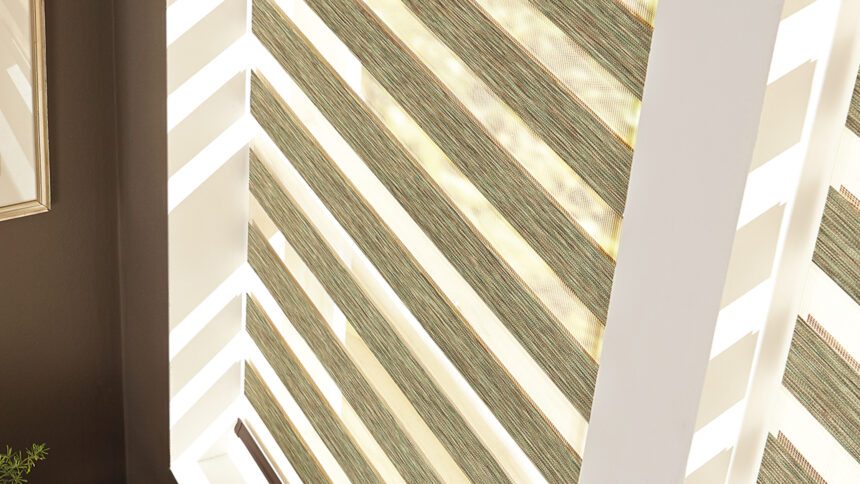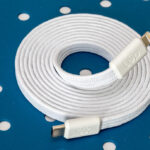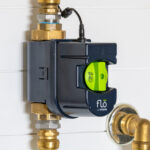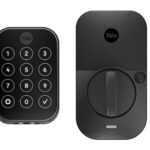Once a bastion of high-end home automation systems, motorized window shades are moving into the DIY connected home mainstream with product offerings from a number of major window covering manufacturers and big-box home improvement retailers. And if one chooses wisely, shade motorization can be integrated with one or more of the preeminent voice activation ecosystems, including Amazon Alexa, Apple Siri, and the Google Assistant.
In addition to the obvious privacy features of shades, they can also provide significant energy savings due to reduced solar heat gain as well as provide protection against the effects of UV rays on floors and furnishings.
In this series of articles [get Part 2 here], we will cover a number of lift automation options for shades, which facilitates raising or lowering the shades. In some cases, we will also cover Venetian blind-type products that can include automation options that motorize the tilt function as well, which entails tilting of the slats or vanes.
Keep in mind that you probably will not find motorized shades that directly link to a voice activation system such as Amazon Alexa without some type of intermediate network bridge or home automation hub installed in your home. For example, Bali, a major player in the window covering marketplace, sells many of their made-to-order shades with their AutoView motorization option, which includes an onboard Z-Wave network radio for automation purposes. In order to get a Bali AutoView motorization product to work with Amazon Alexa, an intermediate smart-home automation hub needs to be installed, such as the Wink 2 hub. Once things are configured with Wink, the Bali shades can be controlled with an Amazon Alexa voice command issued through an Amazon Echo speaker, the Wink app, or through scripted automation routines or scenes.
Many motorized shades can be ordered with dedicated remote controls that work just fine for controlling your shades from across the room or from your bed. If that’s all you are looking for in your home, there may be no need to install additional home automation gear. But if you are so inclined, down the road you may be able to integrate the shades into your home automation system—as long as the shades were ordered with the correct motorization option in the first place.
Here are several of the options available in this genre of connected home technology.
Lutron Serena Shades
From lighting manufacturer Lutron, their Serena shades are one of the established motorized systems that can be controlled with simple remote controls, home automation systems, and voice commands. Lutron Serena Shades are available in made-to-order honeycomb and roller shade variations, in a wide range of colors and fabrics. The shades can be powered wirelessly with onboard lithium batteries, or a wired power adapter that can be plugged into a nearby 110-volt outlet. For windows where motorization is not desired, the shades can be ordered in standard manual lift versions.
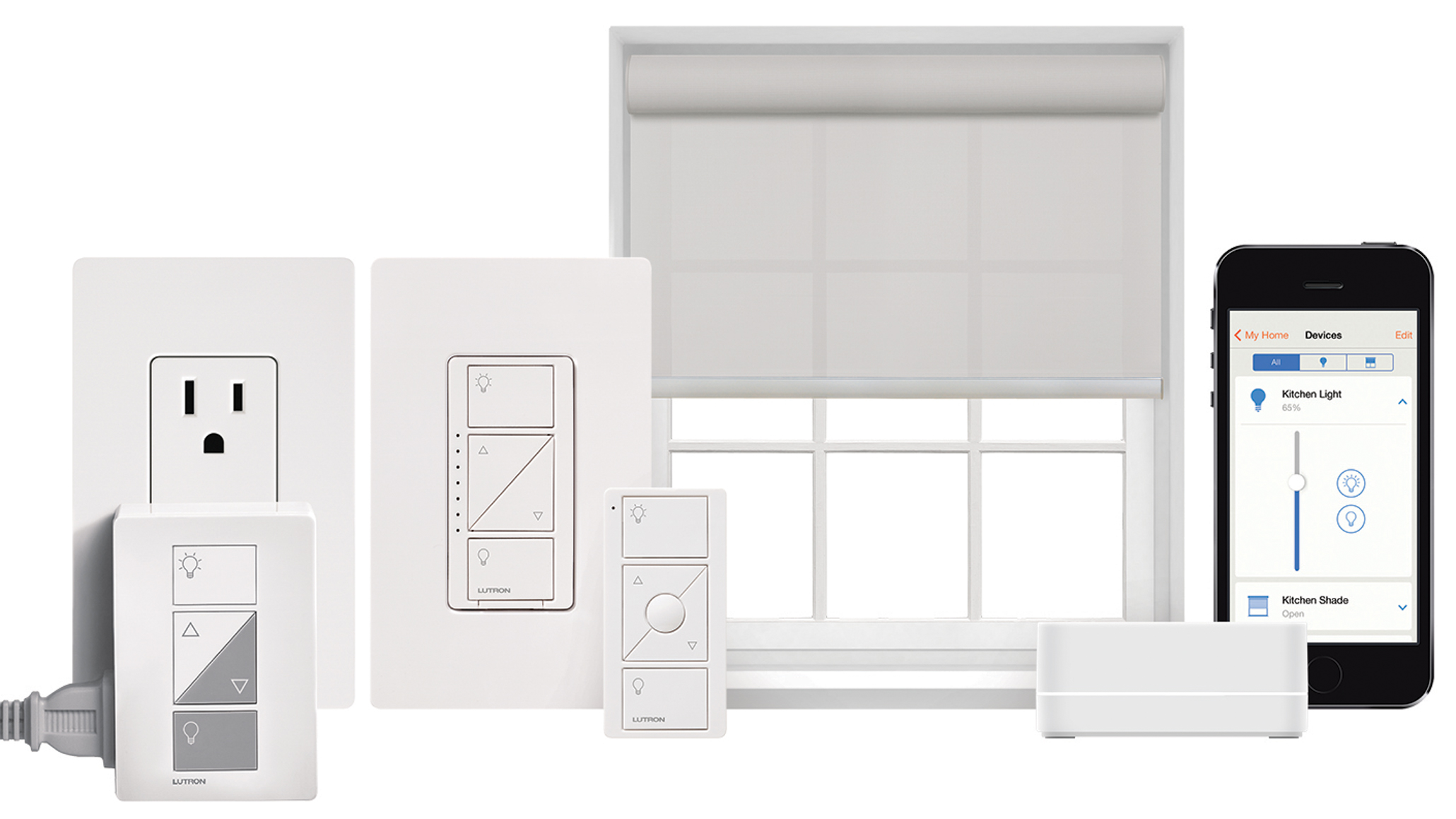
The available Lutron Pico wireless remote controls—part of the proven Lutron Caséta Wireless lighting system—are solid, reliable wireless controls that can raise and lower the shades at the touch of a button. But to take advantage of voice activation and other home automation features with Serena shades, in most cases you will first need to install the Lutron Smart Bridge, a small networked box that serves as a gateway to many of the popular automation ecosystems. Typically, only one Smart Bridge will be required per home.
Another option would be to install the Wink 2 hub, which can integrate directly with Serena shades without the Lutron Smart Bridge. The Wink mobile app offers tap-to-connect configuration for Serena shades.
The Lutron Smart Bridge also facilitates integration of Serena shades with Apple HomeKit, which enables the shades to become full-fledged HomeKit accessories. That means the shades will be controllable from the Apple Home app that resides on iOS 9 or higher devices, as well as through Siri voice commands. So the Siri command, “Siri, Close my shades” can be used to close your shades.
Supported voice activation systems: Amazon Alexa, Apple Siri, and Google Assistant. Note that Google Assistant can be used to control Serena shades if they are included in Lutron scenes, but the shades cannot be controlled independently.
More info: Lutron Serena Shades website
Bali Shades
Bali, one of the subsidiaries of window coverings conglomerate Springs Window Fashions, offers a wide range of made-to-order shades that can be ordered with their AutoView motorization option. These shades include onboard Z-Wave radios for connecting the included remotes, and more importantly, for integration with home automation systems. These Bali shades can be ordered in cellular, Roman, layered, natural, pleated, roller, sheer, and solar shade variations in a wide variety of fabrics and colors—and can also be ordered in standard manual lift versions for windows where motorization and automation is not desired.

The available motorization options can vary depending upon the specific model of shade. For example, Bali sheer and layered shades, among the company’s latest designs, can be ordered with the AutoView motorization option and ship with standard remote controls. Powered by 12-volt Somfy motors, the shades can be powered wirelessly with onboard lithium batteries, or alternatively with a wired power adapter that will need to be plugged into a nearby 110-volt outlet.
Taking these Bali sheer or layered shades to the next level by linking them to a home automation system can enable control via various smartphone apps as well as control via voice commands. As these shades have onboard Z-Wave radios, integrating them with smart-home hubs that support the Z-Wave network protocol such as the Wink 2 or Samsung SmartThings hubs are very straightforward. Once you have a Wink 2 or SmartThings hub in place, launch the Wink or SmartThings smartphone apps, respectively, and follow the guidance given in the app to add the Bali shades to your system.
In the case of the Wink approach, once the Bali shades have been added to the system, they can be raised or lowered to any position by using the Wink app, grouped with other shades for one-tap control, or added to time-of-day or other types of schedules.
Supported voice activation system: Google Assistant, when used with a Z-Wave-compatible hub such as Wink or SmartThings.
More info: Bali Motorized Shades website
Graber Shades

Positioned as the premier brand within the Springs Window Fashions family, Graber offers similar products to sister company Bali but is generally sold through professional window coverings installers. However, homeowners desiring to deploy Graber shades in a DIY fashion can get them through a limited number of online retailers, such as Zebra Blinds.
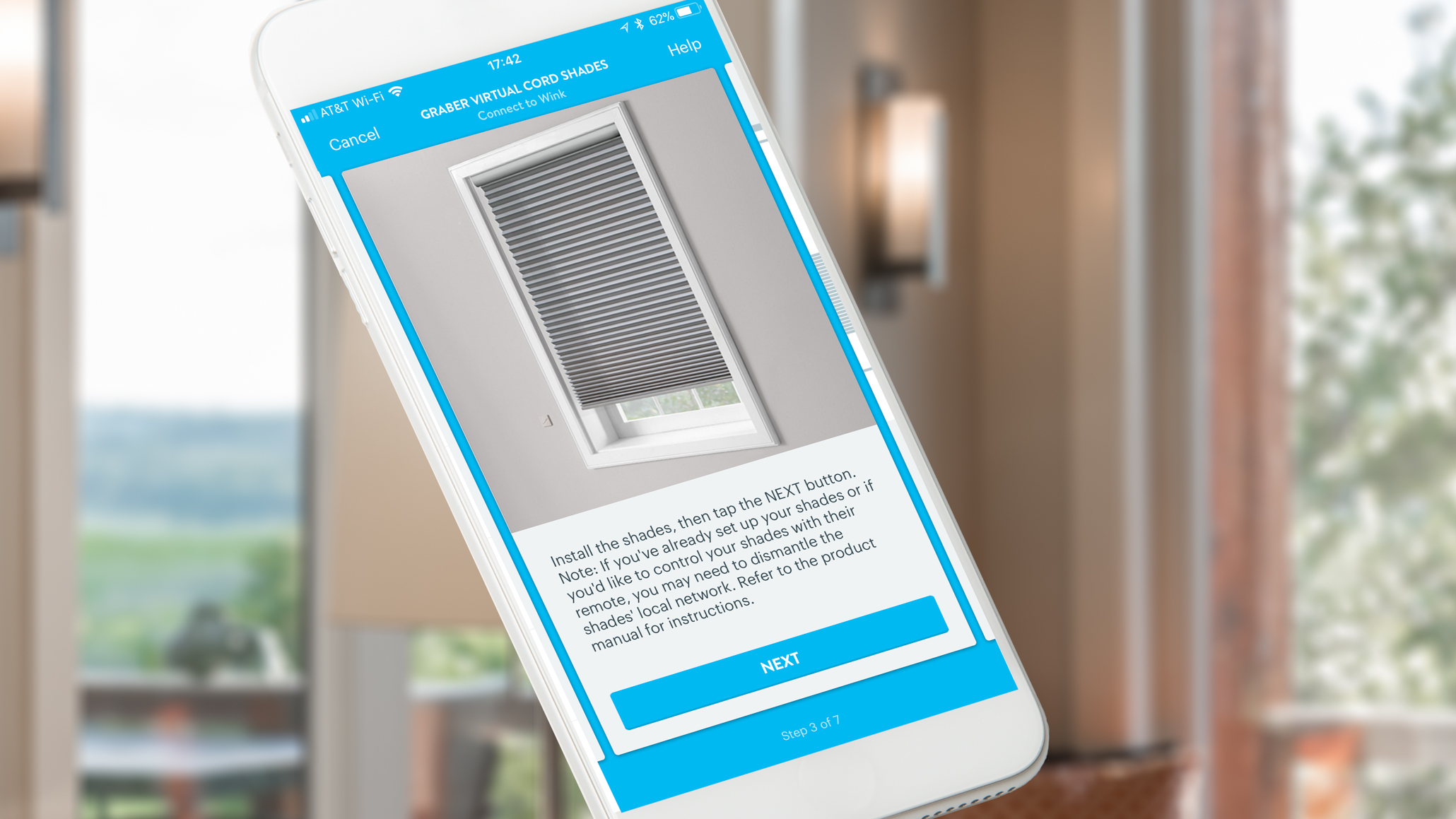
Graber shades are available in cellular, exterior, layered, natural, pleated, roller, sheer, sliding panel, and solar variations—and a broad range of colors and fabrics. They are also available in standard manual versions, which Graber refers to as Continuous Loop Lift. All are made to order.
Generally, the motorization and automation options available to Bali shades also carry over to the Graber brand, and are referred to as Virtual Cord motorization. As is the case with Bali, the motors are built by Somfy and the shades have built-in Z-Wave radios for integrating the included remote controls as well as linking into various smart-home automation systems. So these Graber shades will easily integrate with the Wink 2 and Samsung SmartThings hubs using the Z-Wave network protocol, and can be controlled with the respective Wink or SmartThings mobile apps.
Furthermore, the shades can be integrated into scenes and schedules. The same options for powering the Bali shade motors are also available with Graber, including wireless power through onboard lithium batteries as well as wired power adapter options.
Online window covering retailer Zebra Blinds, by the way, offers a nice collection of online content related to integrating the Graber shades they sell through their website into Z-Wave environments.
Supported voice activation systems: Google Assistant, when used with a Z-Wave-compatible hub such as Wink or SmartThings.
More info: Graber Blinds website
In Part 2 in this series, we cover Hunter Douglas Shades and their PowerView Motorization products, Link Shades, and several roll-your-own products from Rollertrol, MySmartBilnds, and more.

